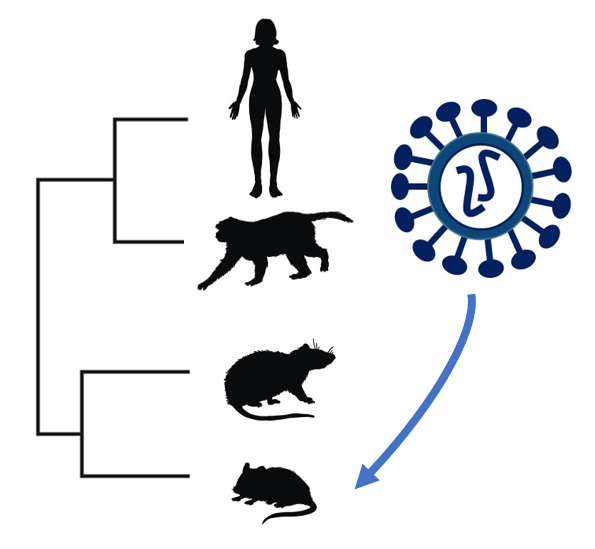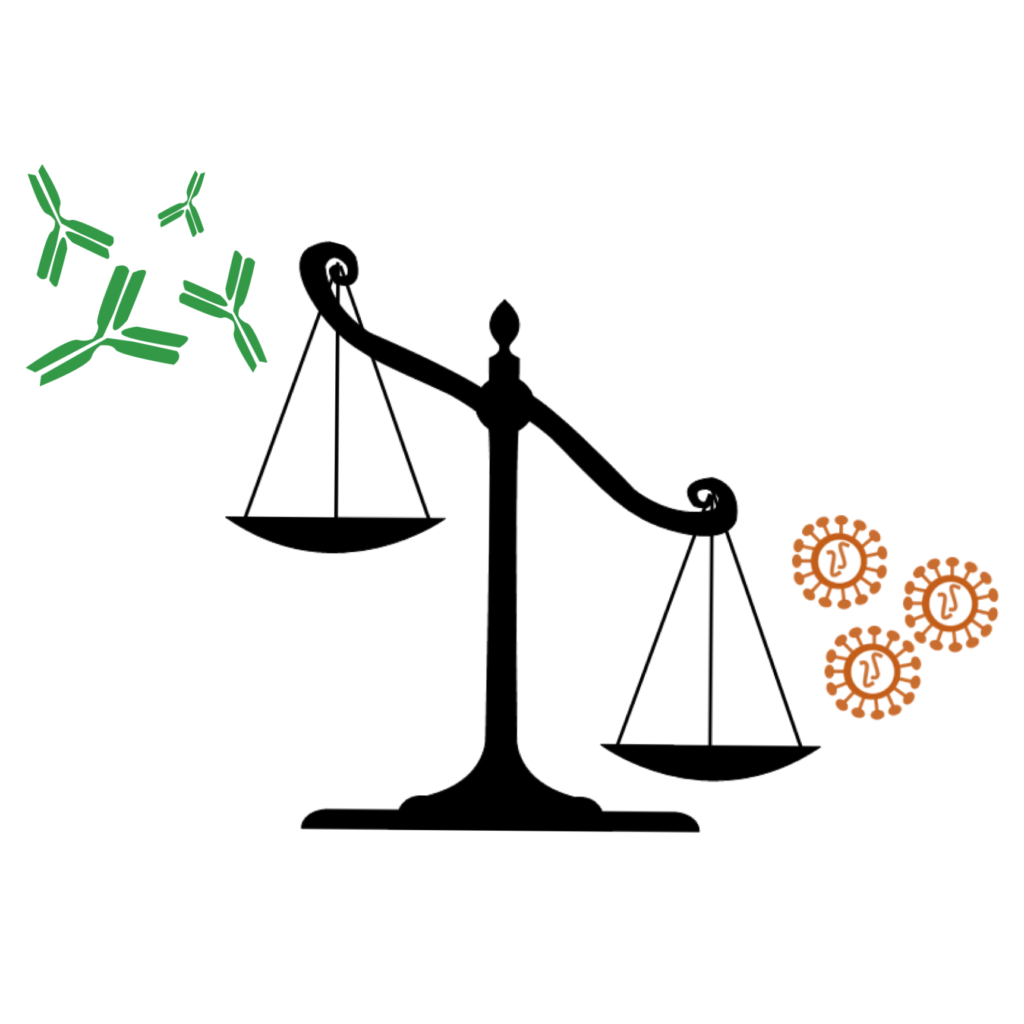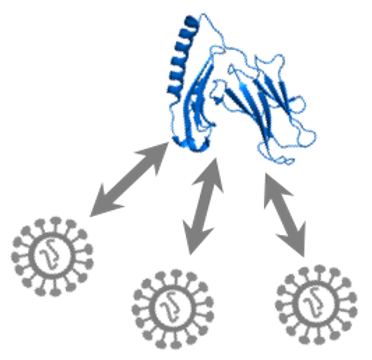
Evolution of immune systems in vertebrates
Humans and animals differ in their susceptibilities to infections. For example, bats can harbour some of the deadliest viruses to humans, such as Ebola and SARS, without getting ill. By comparing the immune response across species, we study how humans differ in their ability to resist pathogens from other species, and find target genes that are involved in species-specific resistance to various pathogens.

The balance between pathogen inhibition and a dysregulated immune response
When pathogens invade our body, the immune system must respond quickly and efficiently to control the infection. A strong response can inhibit pathogen replication but can also cause tissue damage to the host. We study how this response has evolved to be effective but restrained by looking at the evolution of genes that control the immune response and their involvement in conditions where the immune system overreacts and causes damage. Some of our findings regarding this can be found here [PDF 1MB].

Evolution of host–virus protein–protein interactions
When pathogens, such as viruses, invade cells, they must interact with numerous host proteins to dampen cellular defences and successfully replicate. We study the molecular mechanisms that mediate these host–virus interactions and their evolution across related viruses. More information about this work can be found here [PDF 2MB] and here [PDF 1MB].
